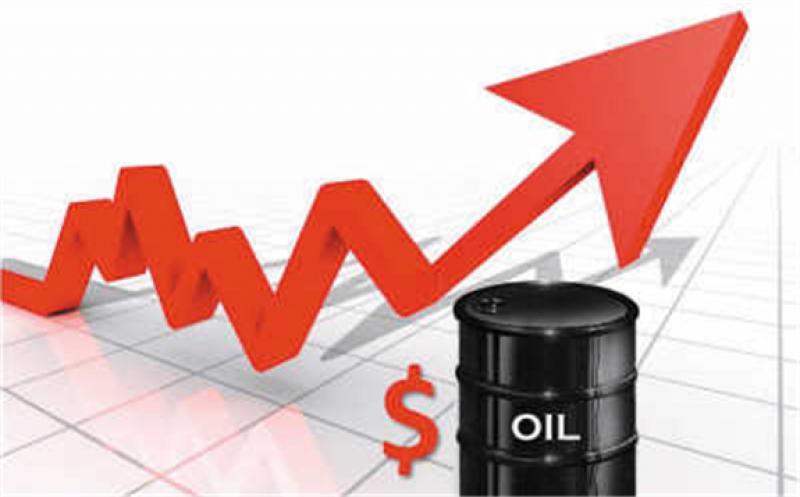A brief rally in crude oil deflated Monday as investors ignored a broader market surge that pushed equities to an all-time high and focused instead on looming new supply from OPEC+.

Futures in New York were little changed in the wake of thin trading volumes. Russia’s deputy prime minister said the nation plans to support a further gradual increase in OPEC+ production at the next meeting in January, because crude prices are within an optimal range.
Prices earlier advanced in tandem with broader markets after U.S. President Donald Trump signed a bill containing $900 billion in pandemic relief. While the approval raised hopes for stronger oil consumption in 2021, rising worldwide coronavirus infections, and related travel curbs, are weighing on the short-term outlook.
“There are headwinds for upward price improvement as the market is readying for OPEC to go ahead and put more barrels on the market,” said John Kilduff, a partner at Again Capital LLC.
Crude’s shaky start to the week reflects the concern over more travel restrictions as the new mutation in the coronavirus spreads globally. However, the UK is poised to approve the Covid-19 vaccine produced by AstraZeneca Plc and the University of Oxford.
“I see a very quiet market from now until the end of the year, but the direction for the next couple of days will be downward” due to the new virus strain, said Howie Lee, an economist at Oversea-Chinese Banking Corp. “Since it’s nearing the year-end, traders are just happy to close their books.”
Prices:
West Texas Intermediate for February delivery fell 7 cents to $48.16 a barrel at 12:03 p.m. on the New York Mercantile Exchange
Brent for February settlement rose 8 cents to $51.37 a barrel on the ICE Futures Europe exchange
As OPEC+ prepares to meet next week, traders are looking out for indications of changing sentiment among its members on their previously agreed cuts. The OPEC+ alliance plans to return 500,000 barrels a day of output to the market from January.
Over the long term, Iranian plans to hike oil production in 2021 continue to weigh on the market and threaten to undermine OPEC+’s efforts to ramp up output while avoiding flooding the market.